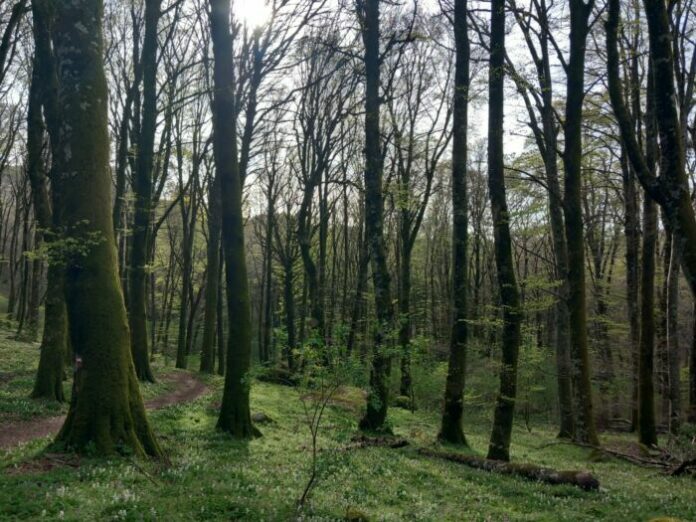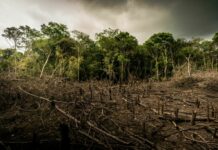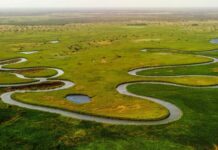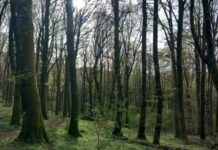
The age of trees and forest stands, as a result of past forest management that has shaped their diversity and structural and physiological characteristics, significantly influences the functioning of these ecosystems, and conditions their ability to mitigate climate change.
This is the finding of two research studies by the Institute for Mediterranean Agricultural and Forestry Systems of the National Research Council in Perugia, Italy (CNR-Isafom), which also involved the Laboratory of Forest Geomatics at the University of Florence, published in the Journal of Environmental Management and Forests. Part of the activities were carried out as part of the effort on NBFC, the National Biodiversity Future Center coordinated by CNR.
The studies were conducted within the Forest Modelling Lab at CNR-Isafom,a multidisciplinary facility specializing in the study of forest ecosystems including through advanced simulation systems: precisely through the use of the Three Dimensional – Coupled Model Carbon Cycle (3D-CMCC)-a three-dimensional model that simulates the dynamics of carbon, nitrogen, energy and water fluxes in forests and with different plant species, ages, tree diameters and height classes-it was found that stand age has a fundamental influence on carbon balance, its assimilation and thus stand productivity with effects on the resilience and stability of forests under both current and future climate conditions.
In particular, European sites of Scots pine, Norway spruce and beech, three of the most important and common species in Europe with different ages, were examined: the CNR bio-geochemical model was applied to these forest stands, investigating their natural evolution scenarios in an “undisturbed” future, i.e., free of anthropogenic interventions.
Explains Elia Vangi, postdoctoral fellow at the CNR-Isafom Forest Modelling Lab and first author of both papers, “Analyzing the impact of climate change and age on European forests, using five different scenarios, shows that-for all the species studied- differences between forest ages are more significant than differences between climate scenarios. Forest productivity peaks in young and middle-aged stands (16-50 years), regardless of climatic conditions. Beech forests in particular prove to be stable and resilient with increasing atmospheric CO2 and temperature by showing an increase in epigeal biomass-that is, crowns and trunks-which, in contrast, decreases in spruce forests, especially in advanced age classes. Scots pine maintains a more stable CO2 storage capacity than the other species, but sees a decrease in annual volume increase. Understanding these dynamics is crucial to developing effective management strategies. Promoting species and age diversity within forests can strengthen their resilience and adaptability to future climate change.
Gherardo Chirici, Full Professor of Forest Inventories, Planning and Forest Ecology at the University of Florence and director and scientific coordinator of the Forest Geomatics Laboratory (geoLAB), adds, “These results underscore the need to account for age class diversity-missing in most, if not all, global vegetation models-for reliable and robust assessments of climate change impacts on the stability and resilience of future forests.”
The findings have significant implications for future forest management at the European level. “Future climate uncertainty will unevenly affect the functionality and ecosystem services of forests, varying with the species, structure and stand development considered. Young forests may grow faster but also live significantly less, while mature forests will exhibit greater stability and resilience due to higher carbon storage and better adaptive capacity. It is crucial to consider age and adaptive responses peculiar to different species in order to understand the impact of climate change and thus adopt specially targeted forest management approaches,” concludes Alessio Collalti, head of the Forest Modelling Lab at CNR-Isafom and coordinator of both papers.



































